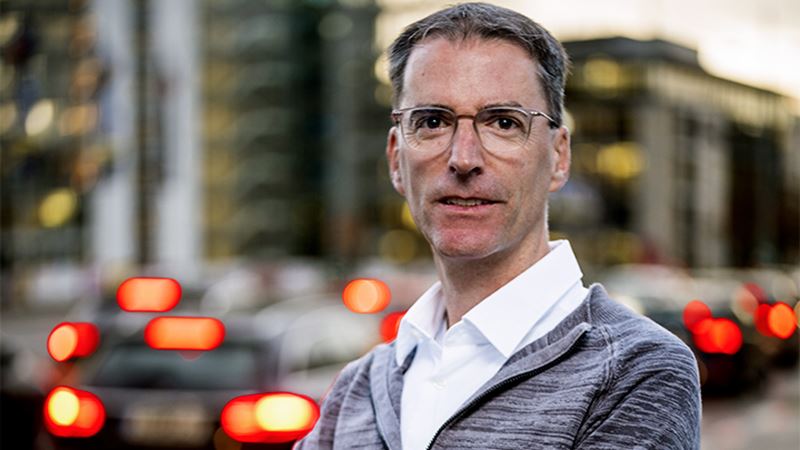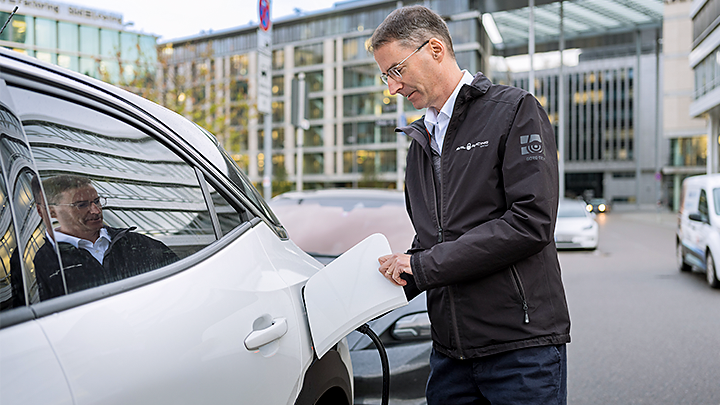Supercharging the future

Pick any data point and the growth of electric cars looks like a wildly successful phenomenon. The number of electric cars on the world’s roads hit 16.5 million at the end of 2021, according to the International Energy Agency (IEA). That is triple the number in 2018. Two million electric cars were sold in the first quarter of 2022 alone, three quarters more than the same period a year earlier.
Yet with such a rapid rate of growth come challenges. The price of critical minerals essential for battery manufacturing are soaring. Lithium prices, for example, the IEA said were seven times higher in May 2022 than they were at the beginning of 2022.
The expansion of charging infrastructure in many locations has failed to keep up with the growth in electric car sales, prompting hesitancy among potential buyers. Anxiety over the range of electric vehicles regularly crops up in consumer surveys, despite the industry’s best efforts to publicize how this has extended.
“People who are yet to experience owning an electric vehicle naturally see potential obstacles, not the solutions,” says Axel Weimann, whose passion and work is the future of automotive. “That concern is going to be blown away by some of the technological improvements we’re going to see over the coming years.”
Weimann is Trelleborg’s e-mobility expert and would be what is considered an early adopter. He purchased his first electric vehicle, a Nissan Leaf, in 2015 — back when global electric vehicle (EV) sales were running at a little over half a million a year. The average electric car had a range of about 100 kilometers in winter, about a third of that of modern comparable electric cars. “It was great as a second car,” he says. Weimann replaced the Nissan with a Renault Zoe when it was time to upgrade, another EV with greater efficiency and a longer range.
However, for many would-be buyers, questions over range and efficiency are only part of the picture. They focus on more mundane issues, such as where to charge an EV when living in an apartment block. That, according to Weimann, is becoming a redundant question. Employers across Europe are investing in charging infrastructure and gas stations are pivoting with installations of superchargers that can fuel 250 kilometers of range in just 25 minutes.
“If you drive up to 250 kilometers per week, then you don’t need a charger at home. You can charge while you buy groceries or pop out for coffee with a friend,” he adds. “A change of mindset is required to see the opportunity of charging while parked and doing something meaningful rather than taking the extra ride to the filling station.”

The growth of EVs will place unprecedented demand on the national grid. To drive 100 miles, an EV uses the same amount of electricity as it does to power a typical US home for a day, according to the US Department of Energy. Yet, while EVs place significant demands on the grid, they can also be part of the solution, Weimann says.
Smart charging technology known as “vehicle to grid” enables car batteries to give power back to the grid, taking some pressure off when demand is greatest.
Plans to utilize the technology are already moving through the German parliament.
“This ‘breathing of energy’ is totally new and saves a huge amount of money on the grid because authorities don’t have to use their own storage capabilities,” explains Weimann. “You can just use the fleet on the street.”
Battery technology is now so advanced that it dominates the attention of governments and manufacturers. However, Weimann says that hydrogen power is developing quickly and holds advantages over electric vehicles in certain contexts, particularly heavy trucks.
Batteries weighing as much as two tonnes would be required to power standard-sized trucks, compared to a hydrogen fuel load weighing a quarter of that. That would ultimately cost the operator 1.5 tonnes of payload, and that is before you consider the slim prospect of finding super chargers outside of developed western economies. Hydrogen trucks have a window of opportunity “for at least the next ten years”, Weimann says.
That lack of infrastructure hints at the limitations facing e-mobility during the years ahead, and even points to a crisis for developing economies. Across China, the Americas and Western Europe, governments have set ambitious emissions reduction targets, which is fueling investment in infrastructure to support the growth of e-mobility.

“Cars are built for huge markets,” Weimann says. “The countries who are lacking in charging infrastructure, or who don’t have the power to switch, are going to need help developing further. Otherwise, it won’t be long until there are no longer new cars available to these markets.”
For now, manufacturers are focused on their domestic markets and it is working, but will everyone be willing to switch to electric vehicles? Car enthusiasts tend to be romantic about combustion engines. Whether they can be converted is perhaps the truest test of electric cars as products. On that front, Weimann offers hope: he is selling his sports car to replace it with a Tesla.
“If you think about a V8-powered car with its sounds and just the special feeling it gives you, of course that’s fascinating, but times are changing and its time will soon be over,” he says. “But then I would say, if you have photovoltaic solar energy on the roof and you’re able to drive with your own power, that too is a special experience.”
This is an article has been reproduced from Trelleborg's T-Time magazine. To download the latest edition, go to: www.trelleborg.com/t-time